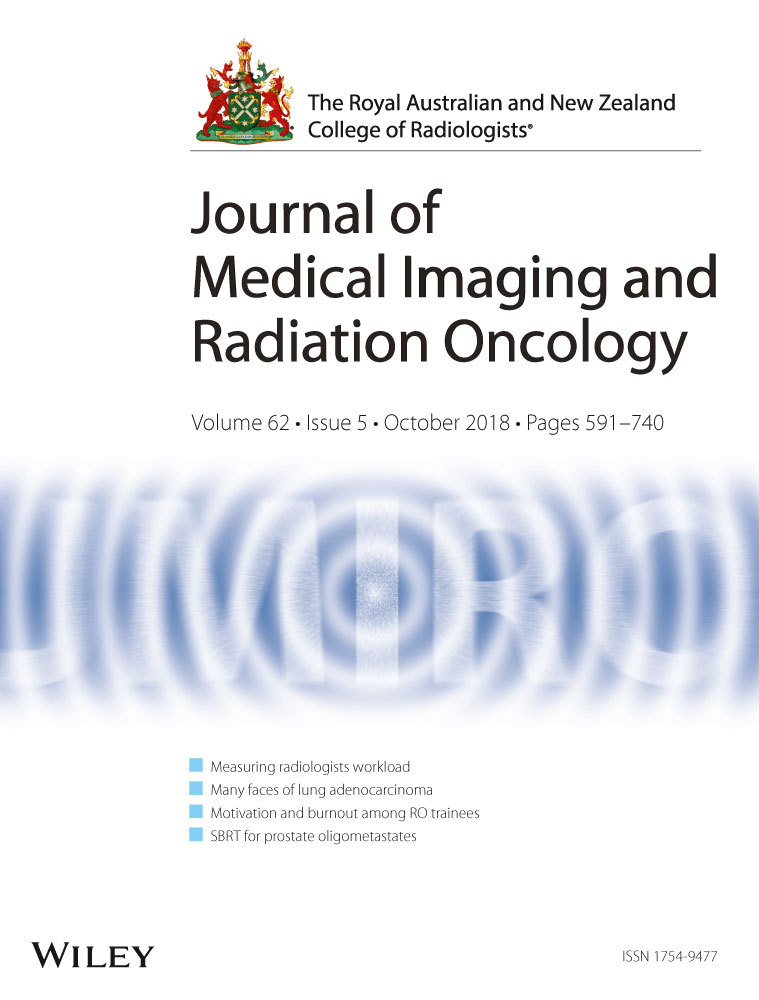Peri-anal surface dose in anal canal VMAT radiotherapy
Abstract
Introduction
Skin bolus may routinely be used in the perineum to build up the surface dose in the treatment of anal cancer (ACC); this may contribute to significant acute skin toxicity. Skin bolus may not be needed with the introduction of modern radiotherapy techniques if these planning techniques would achieve adequate surface dose. Our study is to ascertain if appropriate skin dose can be achieved without the use of bolus when VMAT is used in the treatment of ACC.
Methods
The study includes 10 ACC patients treated with VMAT radiotherapy. Optically stimulated luminescence dosimeters (OSLD) are used to evaluate whether the calculated dose for the VMAT planning technique (VMAT-PT) accurately predicted the dose delivered to peri-anal target region without bolus. The OSLD recorded the dose at the anal verge or at the lower most extent of the tumour for each patient over two fractions. The OSLD was read after each of the two fractions, and the average value was reported. The mean dose over a volume centred on the anal marker was calculated in the treatment planning system (TPS).
Results
The mean TPS-calculated dose was 186.1 cGy. The mean of the OSLD-measured doses was 205.7 cGy for a single fraction. The mean of the measured doses was 10.6% higher than the mean of the calculated doses.
Conclusions
The calculated dose for the VMAT-PT consistently under-predicted the dose delivered to the peri-anal target region without bolus. Routine use of skin bolus could be avoided with VMAT-PT when the patient is treated in a supine position.




